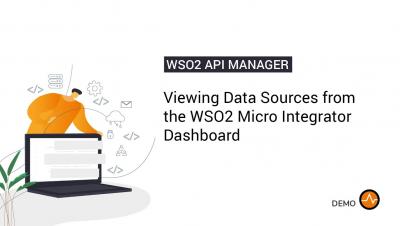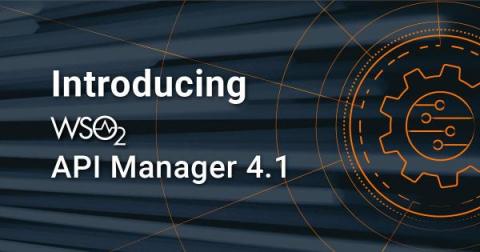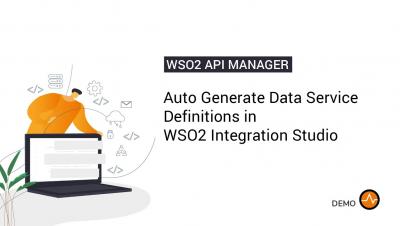Why You Need to Think about API Automation and Scalability
First published on The New Stack. The pandemic has accelerated the shift towards digital channels for banking, retail, and a host of other services. As a result, businesses are shifting their digital transformation initiatives into overdrive in order to meet customer demand for online interactions, which should be both inviting and secure. APIs act as key drivers behind most successful digital enterprises.





















